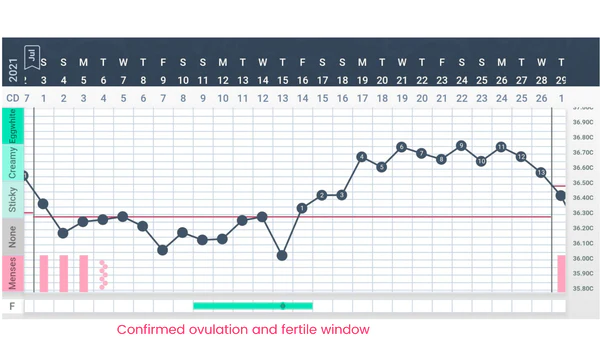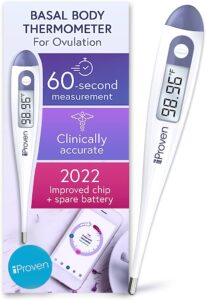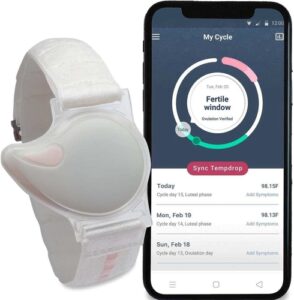WHY CHART YOUR CYCLE?
Charting your cycles will help optimize your chances of conception or prevent pregnancy, it will also reveal your hormonal health.

HOW TO CHART YOUR CYCLE
Let’s talk about how to chart your cycles and where to begin.
The first phase to tackle is MENSTRUATION. What is normal? Minimal cramping, minimal PMS symptoms, a period that is 3-7 days in length with at least one day of Heavy or Medium bleeding and no clots, or just a few minimal ones.
Okay, let’s get started. First up, GET A CHART.
Start by downloading a free cycle chart from google, like this one, https://static.thebump.com/shared-web/tools/v1/fertility_chart.pdf or better yet, buy this one from amazon, https://amzn.to/45HTQd5 It offers pages and pages of fillable charts with a ton of valuable information. It’s the one I use and love. Plus, it keeps all your charts in one convenient spot.
Okay. Once you have the chart or chart book. To make it easy, start charting on day 1 of your next period. Write down the date for period day 1, take note of how your flow is. Is it heavy, medium, light? What does it look like? Bright red, Dark red, brown? Are there any clots? These are all good things you’ll want to document so you can get an idea of your cycle health.
If you see clots, don’t panic. Some small clots can be normal.
Take notes of any symptoms you have, cramps, how painful they are, mood swings, and any other PMS symptoms.
Also take note if you are stressed, sick, traveling, or if you had to take certain medications. Basically anything that is out of the ordinary for you, you’ll want to document.
Documentation is key, especially when first learning your cycle and determining your cycle health.
That covers your menstruation phase.
How to chart your cycles with basal body temperature: Another element I would add into your cycle charting and something I encourage everyone to do is take your basal body temperature. To read a more detailed post on basal body temp click here.
You want to take it every day.
The least expensive way to do this is by buying a basal body thermometer from Walgreens or Amazon, like this one, https://amzn.to/3st6BtR.

With a basal body thermometer, you will want to take it at approximately the same time each morning, take it before you do anything, even before you sit up. Put the thermometer in your mouth to warm up for 10 minutes before you turn it on so the readings are more accurate. After the 10 minutes, take your temperature and record it on your chart.
The easiest way to take your temperature, in my opinion, is to use a Temp Drop Fertility Tracker. A sensor is located on an arm band, that you wear, that takes your core temp throughout the night. It’s what I use. You put it on before you go to bed and turn the sensor on. In the morning, you wake up, take it off then reconnect it by pushing a button on the app, then on the tracker itself. It’ll upload everything into an app for you to see. Bonus points because you aren’t exposed to any bluetooth EMFs since it’s not connected to the app over night while you are wearing it. Here’s a link for 10% off https://tempdrop.refr.cc/meganmccrosky

That is part one of cycle charting, I’ll continue with the next phase of your cycle to get you own your way to cycle charting.
If you have any questions about this, please send me an email or drop a comment.

Pingback: How To Improve Your Chance of Conceiving - Fertility Groundwork
Pingback: Chart Your Cycle, Part 2 - Fertility Groundwork